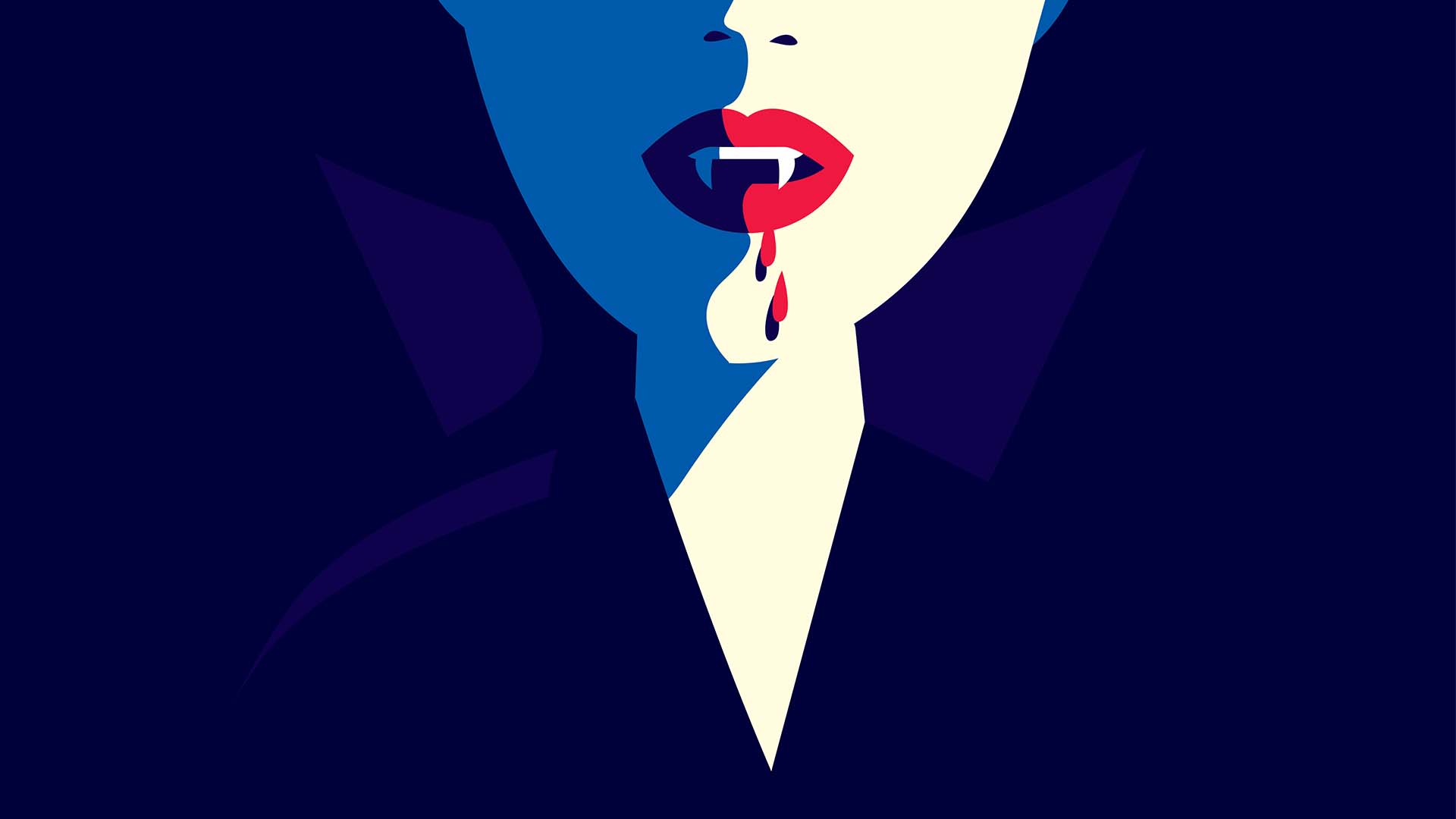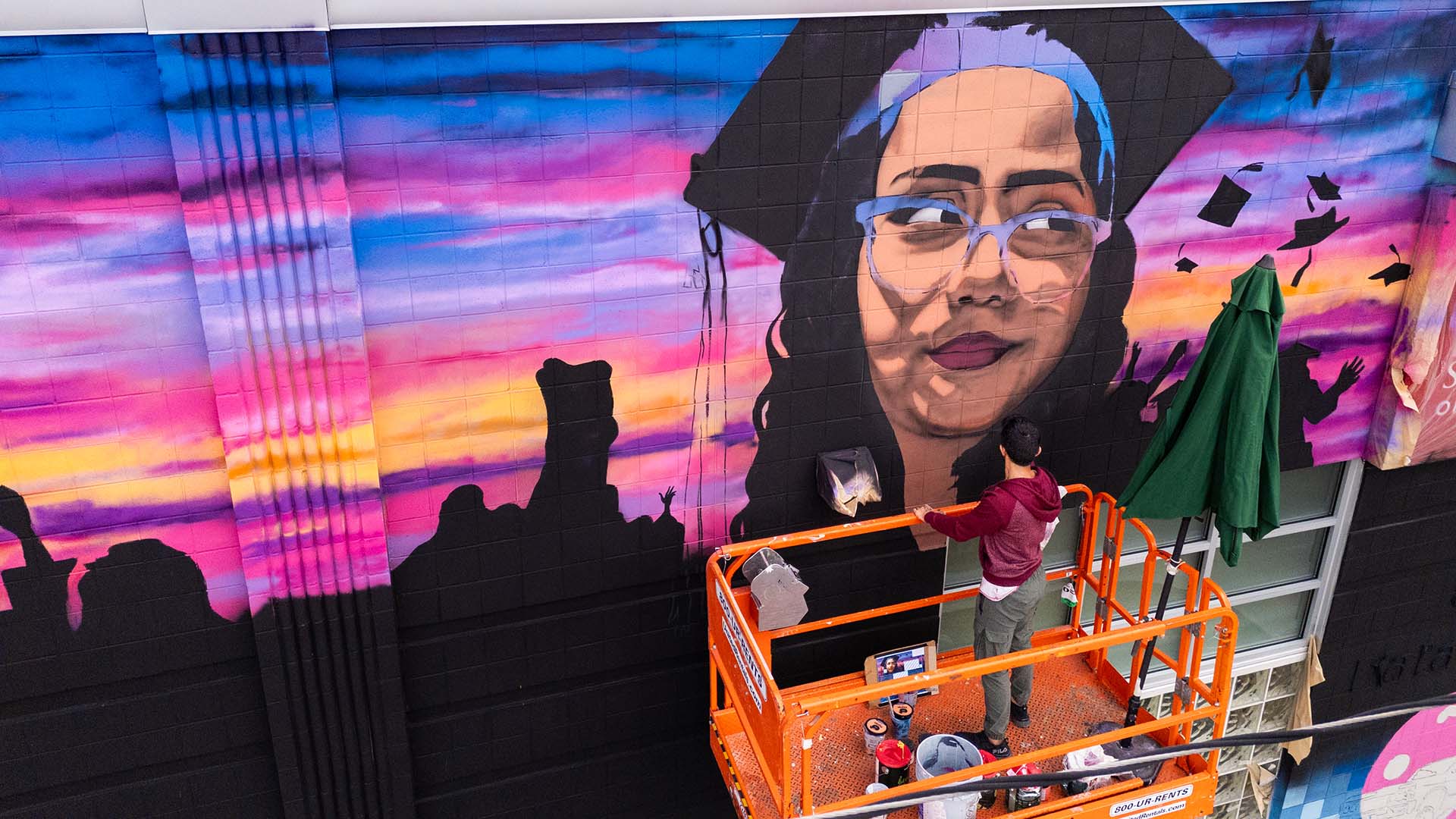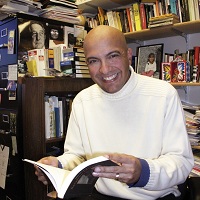Inside the rise of barely watchable TV
The COVID-19 pandemic has left frazzled viewers craving visual comfort food – the simpler the better. PLUS: 8 'ambient TV' picks.

When “Emily in Paris” hit screens this autumn, reviewers cried, “Sacre bleu!”
The Netflix series, which follows a young American’s misadventures in the French capital, was variously judged as a “brightly colored car wreck” and an “excruciating exorcism of French cliches.” One reviewer even complained the show was “so devoid of narrative tension that it barely qualifies as entertainment.”
But maybe they were missing the point. Emily’s sojourn in Paris is so free of genuine drama or character development, and so filled with postcard imagery and Insta-moments, that it’s clearly not even meant to work as a standard TV show. It is pure visual spectacle – eye candy for 20-somethings. And it’s just the latest example of what the New Yorker recently dubbed “ambient TV” – fluffy, undemanding content that’s primarily there “to provide sympathetic background for staring at your phone.”
“All the streaming platforms have become very good at creating customized content for their specific audience groups,” says Vincent Piturro, professor of English and Cinema Studies at Metropolitan State University of Denver. And the best way to keep those audiences watching, he says, is to churn out easy-viewing fodder that directly reflects their interests and preferences.
Simple pleasures
Such ditzy dramas, bland makeover shows and formulaic reruns have seen a pandemic surge in popularity, with stressed-out and homebound families gravitating toward comfort viewing. Conversely, gritty shows such as “The Walking Dead” have suffered, as their grim themes and high body counts have started to feel a little too realistic.
This type of shift is to be expected, says Randi Smith, psychology professor at MSU Denver. “While people normally pursue all kinds of different televisual experiences, the daily anxiety of living through a pandemic has made us a little more brittle,” she explains. “Basically, we’re craving familiar and comfortable viewing because daily life has become so emotionally taxing.”
For streaming companies, ambient-style TV programs have another advantage – you’re more likely to keep watching them. We all know the sensation: One Netflix episode ends, and suddenly the next one’s washing over you before you’ve even realized it. It’s called binge-watching for a reason.
But despite being bland and uninspiring, many ambient programs have hidden “claws” that are custom-designed to grab you on a subliminal level. “My director friend made a documentary series for Netflix, and they were very clear about the need to make all content ‘hooky,’” Piturro says. “They demanded cliffhangers at the end of every episode so viewers would feel compelled to watch the next one straight away. That’s a core part of their ethos.”
The reason for this tactic is simple: Streaming companies want viewers to consume more content, more quickly, because that will keep us on their platforms. And the hard truth is that, so long as you keep watching, they don’t really care how much attention you’re paying.
8 ‘ambient TV’ highlights
Vincent Piturro presents a selection of TV programs that require only half your attention.
Critics may have been foaming at the mouth, but Netflix is simply very good at molding content to align with its younger audience’s viewing habits. The company understands that this generation likes to phone-scroll while watching TV, so it deliberately created a show that is easy to digest, doesn’t demand the viewer’s full attention and is as easy to tweet about as watch. Even the fact that Emily is constantly on her own phone tacitly gives viewers permission – you could say it even encourages them – to get finger-tapping themselves.
While it’s hard to be original with home-makeover shows, Netflix here appears to have mined every cliché to the point of parody. Real-life presenter couple awkwardly exchanging scripted lines? Check. Excitable but nervous host family? Check. Last-minute design “problems”? Of course. Emotional reveal of the finished work? You bet. The lack of ambition with “Dream Home Makeover” is so palpable, it feels like it was made to play in the background while people fold laundry or sort through bills. One TV reviewer described it as “incredibly unmemorable,” which kind of nails it.
The new spinoff sequel to “Full House” is a revamp of a show that, even by late-80s standards, was an extremely saccharine network product. Now plopped down into 2020, it borders on creepy. Everything about the new show – the grown-up characters, the old catchphrases, the tired gags, the regurgitating of ancient plot lines – is designed to feel familiar and inoffensive, rather than to actually entertain.
Gwyneth Paltrow and her acolytes get their chakras in a twist with a six-part product-placement exercise masquerading as a TV series. Never mind the viewer zoning out; for much of the time, it hardly looks as if even the cast is fully paying attention.
Most makeover shows – “Queer Eye” is a good example – make it explicit that their subject’s hangups (terrible home, shoddy appearance, bad habits) are symptoms of broader psychological issues that need to be explored and addressed. “Tidying Up,” on the other hand, is about, well, tidying up. The messy people here are just messy because they’re a bit busy and overstretched. Kondo herself offers trite platitudes and puts stuff into drawers. Watching the program is as entertaining as folding clothes. But it’s certainly easier, and maybe that’s the secret of its success.
“Get Organized With the Home Edit”
For anyone who watched “Tidying Up” and thought, “I need more of that,” “Get Organized” is yet another makeover show. Presented by two breathlessly positive “organizing influencers,” the notion here is that they occasionally get to sort through the clutter of actual celebs – Reese Witherspoon! Khloé Kardashian! – as well as what they snarkily call “everyday people.” But no matter how big the star or Hollywood mansion, folding someone’s smalls simply does not make for riveting TV. It was dubbed “the most 2020 show of 2020” by the Guardian, not necessarily in a complimentary way.
“Friends”
Reruns have been among the most streamed programs this year. And while a younger generation is only now discovering shows such as “Gilmore Girls” and “Grey’s Anatomy,” the big driver with these shows is nostalgia. For older viewers, classic favorites such as “Friends” are essentially visual comfort food by this point, and already knowing how everything turns out adds a certain rosy glow to watching them again. This instinct also explains Netflix’s recent nostalgia fixation. Hit shows such as “Cobra Kai” and the “Challenger” documentary make total business sense because they’re custom-made for the millions of viewers in their 40s and 50s who are just sitting around at home, literally a captive audience.
This Netflix show took a gifted cast (Steve Carrell, John Malkovich), pedigreed writers and a seemingly limitless budget and used them to create a beige souffle of nothingness. Lurching among spoof, high drama and romance, and with no overall guiding premise, the action meanders indeterminately. It’s not terrible enough to be truly bad, but your mind absolutely will wander. A cautionary tale on the dangers of trying to please everyone with a show.







